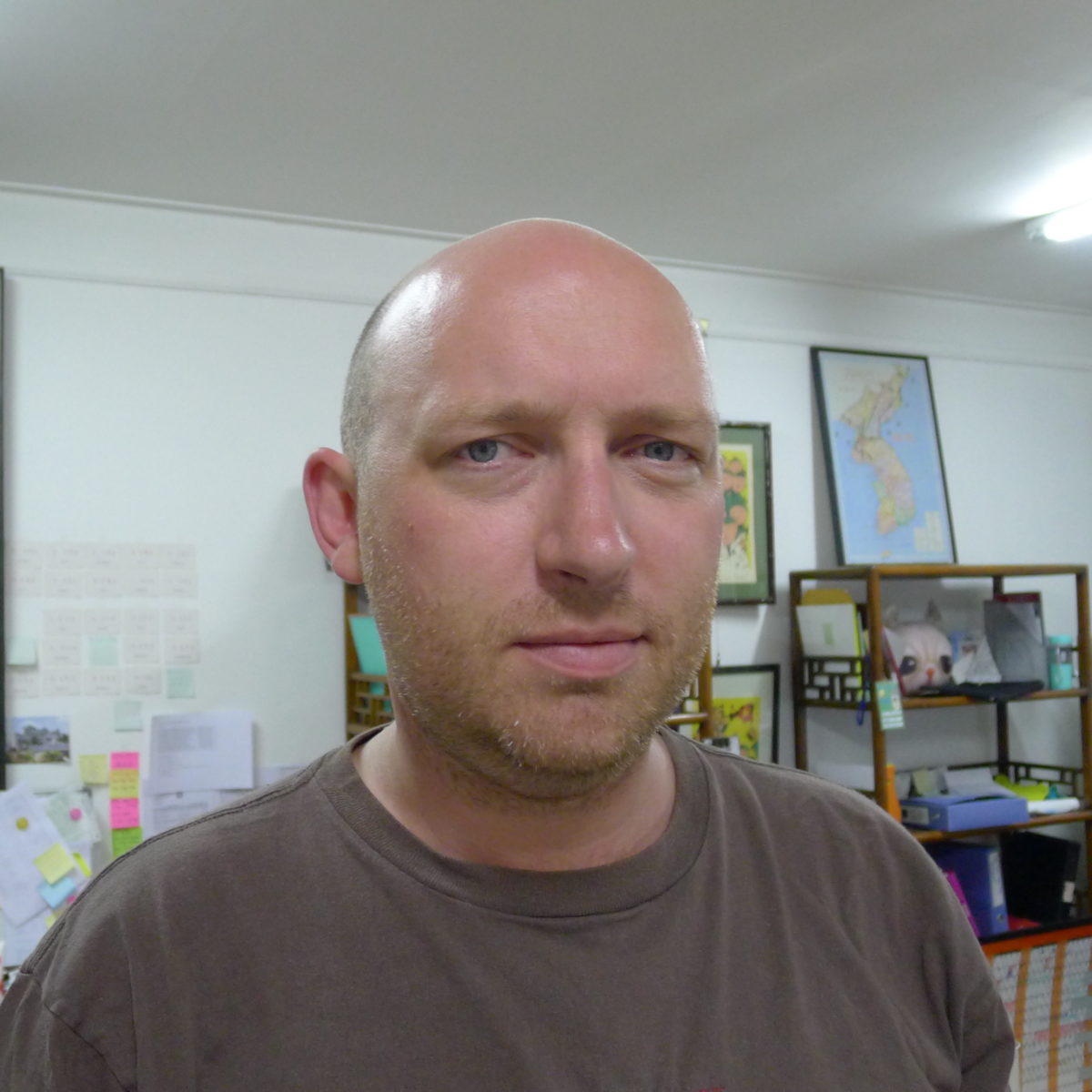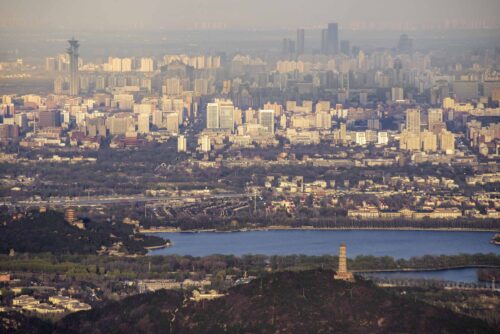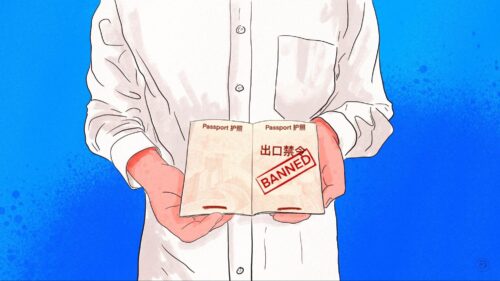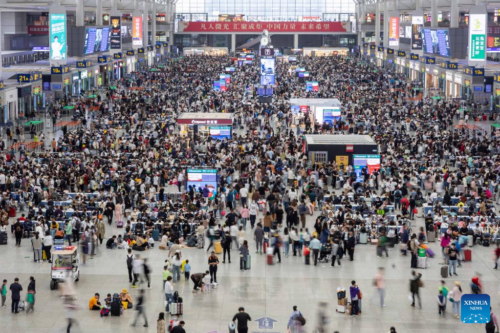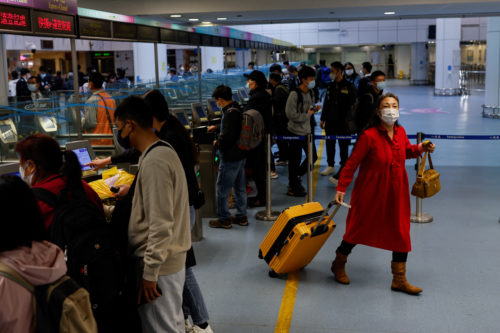I spent 2021 trying to visit every museum in Beijing
What did you do in 2021? Simon Cockerell tried to visit every museum in Beijing. Turns out, there were more than he expected.
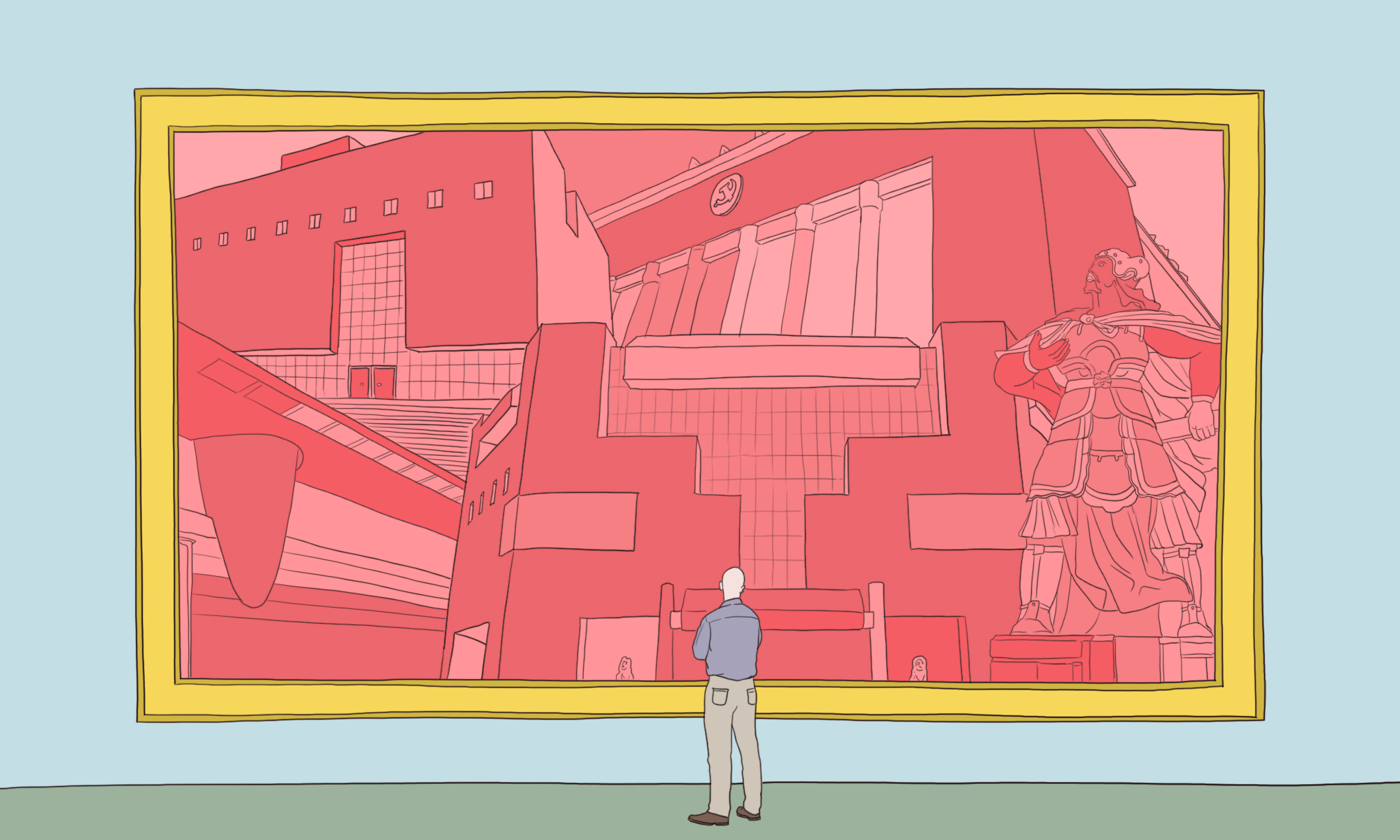
On January 20, 2020, North Korea announced it was immediately sealing its international borders, with no human passage allowed in or out of the country from that point on. For my company, Koryo Tours, this meant the cessation of all that we do, given that tours and cultural exchange initiatives in the DPRK are the nature of our work, and something I’ve personally done for nearly two decades. Since that time, these borders have remained stubbornly sealed, with no end in sight to the situation.
But I had to find something to fill my days. Being a big fan of museums in general, I decided that I would take advantage of the temporary lull to visit every museum in Beijing — with my back-of-a-napkin estimate that there would be around 50 of them, so one per week for a year and the project would be complete. Easy peasy! As a young fan of dinosaurs, I was drawn to museums as the only place once could encounter such a beast. They also started my interest in China, as the first time I remember hearing about China at all was when I visited the “Dinosaurs from China” exhibition at Cardiff Museum in late 1986.
Sorry for the digression. More on point, there aren’t 50 museums in Beijing. There are far more. I searched a few websites and got my hands on a few books and directories, and at the end of combing and collating the data, I found myself with a list of more than 130 such places. Even more have been added since.
Whither museums? For me it is their function as a kind of physical short book — a way to quickly cram some information into my head which I may or may not quickly forget, and in a generally painless way. Of course there is also the element of travel associated with going to physically show up at a place rather than just checking out some info online, which adds value, especially to museums built on the site of whatever it is they are also presenting. Often though, for small museums and niche collections, I see making a visit as a way to back up those who put in the work to collect, collate, and display information. I like to give them some support and encouragement, and there is no better way to do this than to offer your time, presence, and appreciation on the spot.
In other words, a commitment is a commitment, even if it takes a little longer than I anticipated.
First, what is a museum?
I decided to go with a somewhat subjective definition: a museum is whatever I saw as a museum. So, no art galleries that only display art (many of which have the word “museum” in their English name): the National Art Museum is out, but the Xu Beihong Art Museum is in, because it was built on the site of Xu’s former home and has an exhibit reconstructing that house and showing parts of his life.
Former residences of various key figures of Beijing life are included, even though most of them bear the title memorial (纪念馆 jì niàn guǎn) rather than museum (博物馆 bó wù guǎn). I also decided, quite reasonably, to skip all the “museums” around the city that are just shops. So, the Maotai Appreciation Museum near the World Trade Center (booze shop), the Earring Museum near the Drum Tower (jewelry shop), the Roast Meat Museum (a barbecue restaurant), the Light Logos Art Museum (lamp shop), and so on, they were all out.
With my ever-evolving list in hand I set out…to be immediately stumped by the fact that dozens of these places are closed — for renovations, or due to COVID. At the time of writing, this remains the case for around 30 such museums, frustrating my efforts and leaving me temporarily stranded at just over 100 museums visited (and reviewed on my company’s blog).
What were the best and/or most interesting?
I’m often asked what the “best” or “most interesting” museums are in the city. Please note that I include the whole of Beijing in my project — not just the urban districts, but all the way to the Hebei border in every direction. Hours of driving to get to the Manchu Folk Culture Museum (in remote Labaguomen Village) to the north, to the Zhoukoudian Peking Man Site Museum in Fangshan to the west, and so on, along with the Former Home of Mao Dun, just a two-minute walk from my house. All museums count.
The “best”? Of course this is subjective, but by most fair standards the canonical mega-museums offer the most information, the highest quality displays, and superior curation and management — the Palace Museum in the Forbidden City is amazing (I hadn’t been there since 2002), the National Museum of China took me three visits to complete, and the Military Museum of the Chinese People’s Revolution round out my top three. These are key sites for a reason.
However, I have a weakness for two types of museums in particular; the quirky and the personal. For the latter I count former residences now converted into museums. Often these are small hutong courtyards with some personal artifacts and displays — so the former homes of Li Dazhao, Lao She, Guo Moruo, Mei Lanfang, Qi Baishi, and Lu Xun. For the quirky ones, I particularly enjoyed the Beijing Waterworks Museum, Diabolo Museum, Taxation Museum, and China Customs Museum (featuring the boat used by Deng Xiaoping on his great southern tour, buried underground).
The Former Residence of Li Dazhao has a small museum of Li’s life, up to just before his death. Considering that his execution and subsequent martyrdom are key events in the early history of Chinese communism, this struck me as a little strange. Basically, if you want to know about Li Dazaho, you can visit his former home, then you need to go to the New Culture Movement Memorial (former site of Peking University), where he (and a librarian named Mao Zedong) worked, and then on to the Communist Party Museum to see the gallows from which he was executed.
How about the least interesting?
There are no museums that I found to be a waste of time, partly maybe because I undervalued the time I spent visiting them. (What else was I going to do, eh?) However, some were massive and time-consuming without bringing me particular joy or edification. These would be the more science-oriented places which seemed very popular with kids, but didn’t offer much to a solo adult man who wasn’t looking to learn about geology or photosynthesis. The two branches of the Geological Museum, the Science and Technology Museum, Beijing Planetarium, and the Paleozoological Museum (insufficient dinosaurs), as well as the Natural History Museum (which had a gruesome and amazing display of human cadavers the last time I went there in 2000, no longer though): I am happy to have done these, but they were endured rather than enjoyed.
Another somewhat unwelcome element I frequently encountered was an excessive hagiographic focus on a certain core group of men who would be instantly recognizable to anyone who has spent time in China and is aware of our higher leadership. I’m not sure what value a wall about the exploits of Mao, Deng, Jiang, Hu, and Xi bring to the Tea Museum, but there they are. Also, the room at the Tap Water Museum about progress in that field under the current administration seems out of place: I couldn’t drink the stuff when I arrived here under Jiang Zemin and I can’t drink it now, so what real progress?
At “Red” museums this all has a bit more context — but even there it can be laid on a bit thick. I eagerly awaited the opening of the Museum of the Communist Party of China, but when I was finally able to get in (their initial booking system was unwelcoming for foreigners lacking a Chinese ID) I found it exhausting once it reached the part about the wise leadership of various titans. Given that I am largely immune to this kind of thing, having been hundreds of times to North Korea, I should give credit to this museum in some way, I suppose. Anyway, panegyrics to the Party are to be expected, even if not exactly welcomed as the highlight of any museum visit in Beijing.
In contrast though, there were repeatedly some notable absences in many museums. Events from the mid-’60s and mid-’70s were skipped in such places as the Cinema National Film Museum, which is otherwise excessively exhaustive. At the interesting and worthwhile China Printing Museum, there was not a single Little Red Book to be found, despite this being the second-most printed book in history (one of the most common pub quiz questions to be found). There was, however, a whole room filled with The Governance of China, as well as a more welcome basement filled with decades of printing machines, a wonderland for any fans of technology from the 19th century to the present.
For those with a particular interest in New China history, the lack of more than a handful of references to, and photos of, former chairman Hua Guofeng is notable. No space can be found for Hua on the wall of five leaders in dozens of museums, and he makes only a tiny appearance toward the end of the Cultural Revolution (which I didn’t notice actually beginning) in the Party Museum, arresting the Gang of Four in the China Court Museum, and that’s about it. Not the only absence, but one that gets more notable the more one looks for the gaps.
Any recommendations?
I am always happy to give recommendations. The main museums are always worth the time, and if anyone is going somewhere remote within Beijing, they will often find a local museum to spice up their time in the ’burbs. Here are a handful that are rarely visited but might tickle the fancy of anyone looking for some education, an experience their friends haven’t had, and even the occasional fridge magnet:
Beijing Daqi Museum for Radios and Movie Projectors: Amazing collection of audio/visual technology and history to be found in Tongzhou.
Changxingdian Memorial Hall of February 7th Revolution: A key “red” site for revolutionary history buffs, where a brutally-suppressed railway strike was plotted and organized.
Xiangshan Museum of the Founding of New China: As massive revolutionary museums go, this is far better than the Party Museum, with a better recent history section than the National Museum, too. Newly renovated, and with everything translated into English — something missing in almost all revolution-themed museums these days.
The Museum of Chinese Gardens and Landscape Architecture: Learn all about the key features and the reasons behind key design features of different types of Chinese gardens. I spent several hours walking around the nearby Garden Expo Park looking for this place before I realized it is actually a separate site (though they work well combined).
Risheng Hosiery Museum: Not a highlight per se, but one I enjoyed greatly. This museum of socks in a sock factory. There is a shop where cheap products made on site can be bought, plus a really interesting short history of socks. Ask for a tour of the factory for added value!
Yuan Chonghuan Memorial: Very convenient to visit for anyone in the city center (it’s in Guangqumen), this hidden shrine, tucked into a small park behind some modern apartments, is an easy 20-minute kind of place. This is the tomb and small museum of a 17th-century general known for his military prowess, his betrayal and grisly death, and for bringing the world the vulgar battle cry “fuck their mothers!” as he charged into the fray — his spirit survives on in the terraces of Chinese football stadiums to this day!
